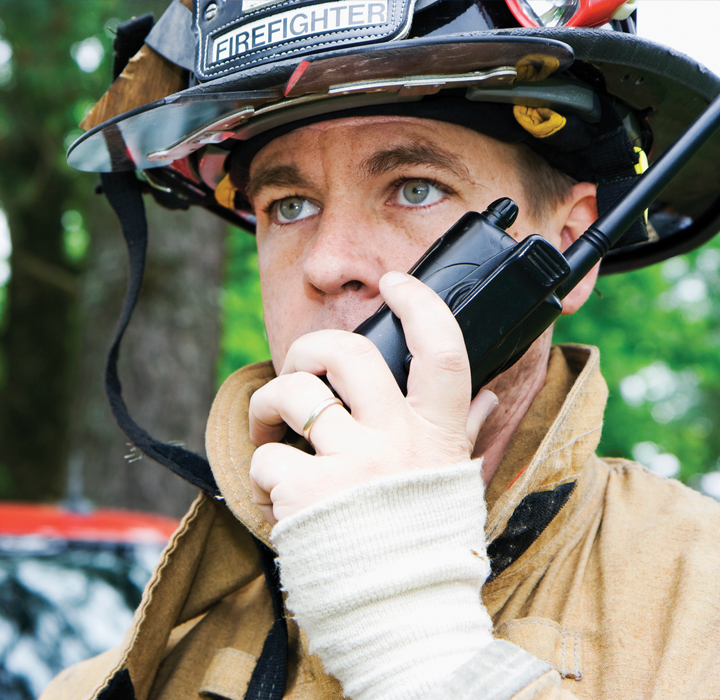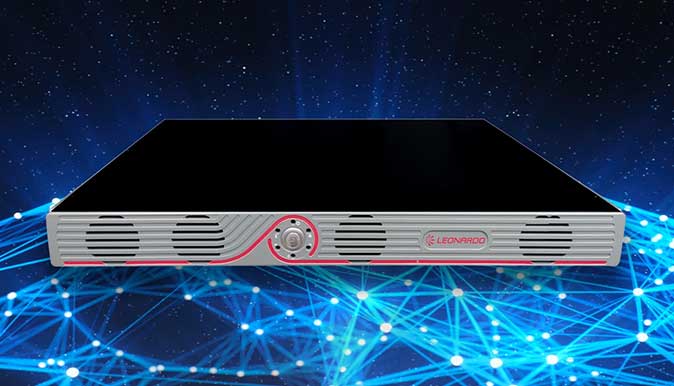Interoperability at the Core
Building Flexible,Scalable Critical Communications Networks In critical communications, interoperability is not just a technical goal—it is the...
2 min read
Bill Fredrickson May 10, 2017 7:53:00 AM

Resiliency for your two-way radio communications isn’t just about enhancing your
daily operations – it’s about being able to communicate during man-made or natural disasters. If your LMR system is aging, are you confident you’ll have complete connectivity when your team truly needs it?
A contemporary LMR solution that can be paired with open systems is the best way to achieve full resiliency and ensure first responders have connectivity that’s built for public safety and critical infrastructure users.Here are three key characteristics of a resilient LMR system solution:
A resilient, flexible and adaptable LMR system eliminates single points of failure, whereas traditional, hardware-centric systems simply aren’t designed with this level of soft failover and network resiliency in mind.
But what does it mean to create soft failover in your LMR system?
For a multicast trunking application, consider you have a system comprised of sites A through F. All six sites are software-configured with distributed inter-site traffic routing. Site A is software-defined as your control point for traffic routing within the sector comprised of sites A through F, with site B as the back-up traffic routing control point.
In an adaptable, resilient system based on software configurations, if site A loses linking connectivity, sites B through F are still part of the sector. With soft failover, anybody that’s in the coverage area of site A can communicate with site A but not sites B through F. Site B will assume sector traffic routing control, and sites B through F will still be able to communicate with each other but not with site A. When linking connectivity to site A is restored, site A reassumes sector traffic routing control.
While you might lose some wide-area communications capabilities, with soft failover from a resilient LMR system you’ll still have the ability to communicate in critical situations.
For a simulcast application, consider you have a system comprised of sites A, B, C and D. Site A is software-defined as your control point and site B as the back-up control point. In an adaptable, resilient system based on software configurations, if site A loses linking connectivity, sites B assumes simulcast control and sites B, C and D are still part of the simulcast system.
With soft failover, anybody that’s in the coverage area of site A can communicate with site A but not sites B, C or D. Sites B, C and D will remain as part of the simulcast system. When site A linking connectivity is restored, site A resumes its position as the control point, and the simulcast system is comprised of all four sites.
A software-centric LMR solution allows you to put a control point and multiple back-up control points anywhere, so the design provides inherent resiliency. More traditional system setups can’t accomplish that without a complicated, dense mix of hardware.
While many police officers, paramedics, utility linemen and other public safety officials carry cell phones for daily business, cell networks become swamped with traffic and unavailable during disasters. When lives are on the line, connectivity and access must be instantaneous. A software-centric LMR solution provides built-in resiliency and the highest degree of reliability.
Discover all the benefits of an LMR solution based on open standards.

Building Flexible,Scalable Critical Communications Networks In critical communications, interoperability is not just a technical goal—it is the...

In today's fast-paced world, having a reliable and robust emergency communication system is crucial for public safety and operational efficiency.
We're thrilled to announce that Leonardo's Jim Collum has been invited to join the prestigious EWA Technical Solutions Committee, a testament to his...